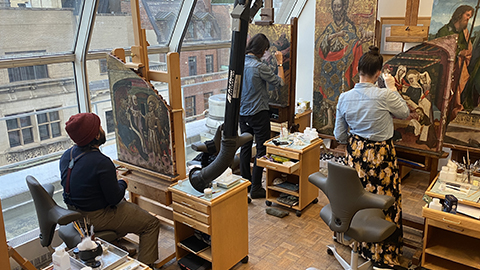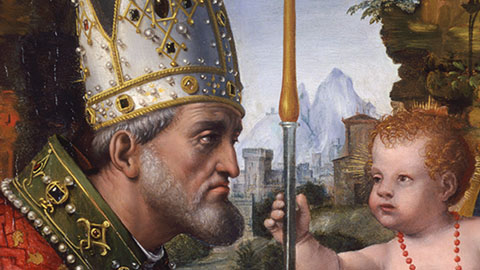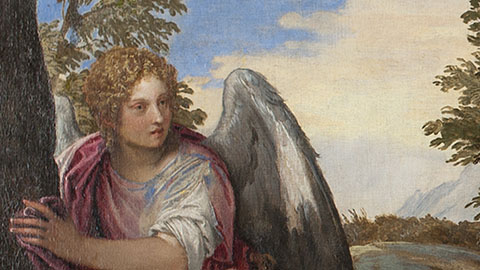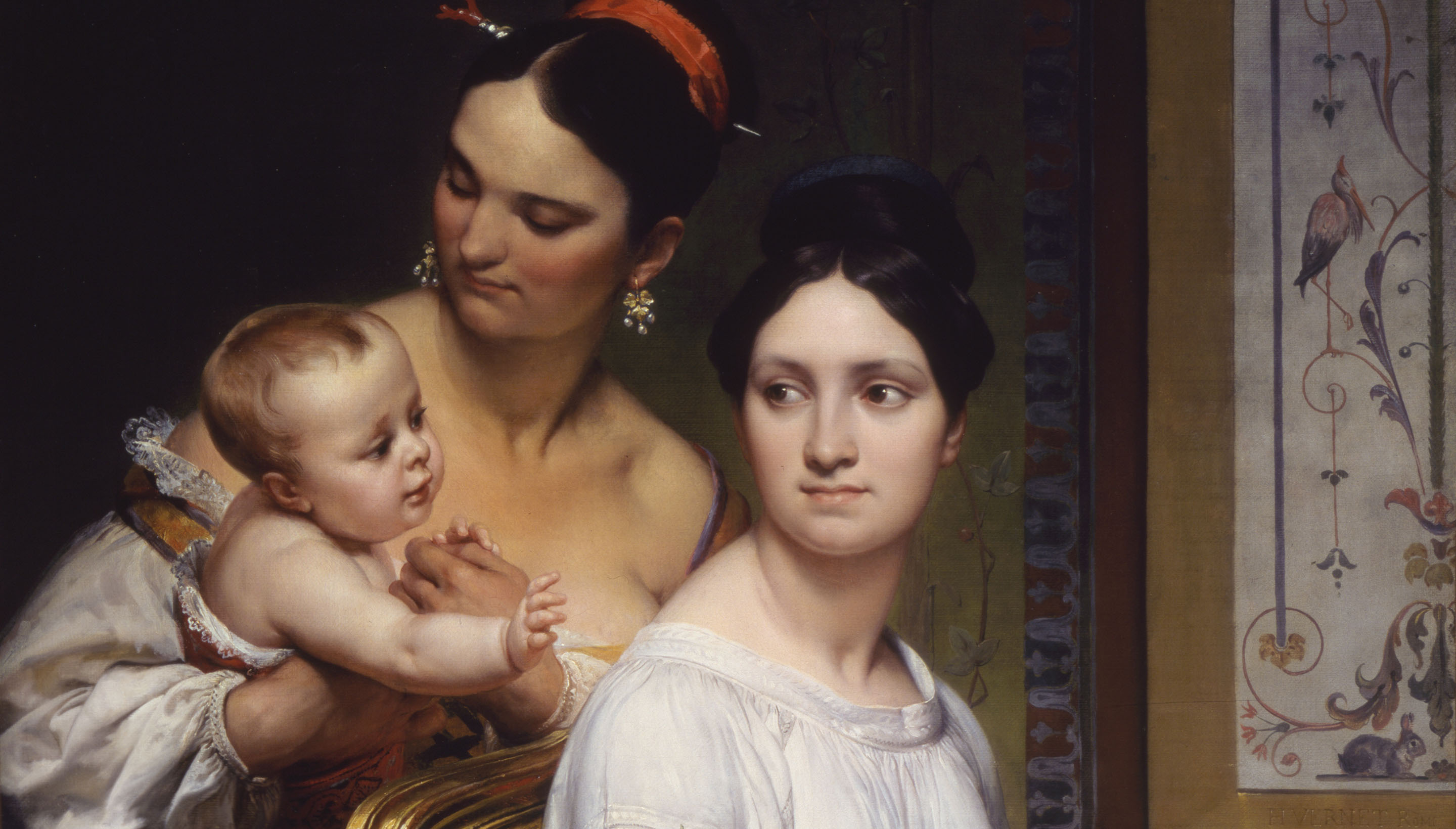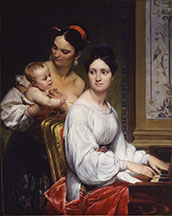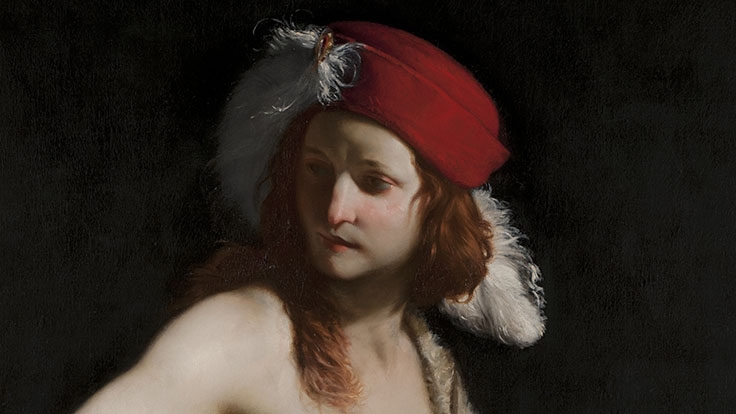About
Working with the custodians of Kress Collections across the country, the Kress Program in Paintings Conservation identifies works that require or would benefit from treatment and comprehensive technical analysis, and which lend themselves to conservation in an instructional setting.
Kress Program in Paintings Conservation
With generous support from the Samuel H. Kress Foundation↗, the Kress Program in Paintings Conservation offers an unparalleled experience/practice in the conservation of Old Master paintings. The Kress Program (as it is informally known) focuses on the cleaning, retouching, and technical study of selected works from the Kress Collection, and forms the foundation for the painting conservation program at the Conservation Center of the Institute of Fine Arts, New York University. Depending on the availability of projects and individual interest, students from other specialties may also enroll in the Kress Class.
Dianne Dwyer Modestini, Clinical Professor and Head of the Kress Program, and Shan Kuang, Associate Conservator and Associate Research Scholar, provide advanced instruction in the treatment of these museum-quality paintings. Over 220 paintings have received full treatment, documentation, and scientific analysis since the inception of the pilot program in 1989. Works are carefully selected for their suitability as a student projects. The more advanced the student, the more challenging the conservation problems the pictures might present. Students and staff evaluate the often-complex problems that affect Old Master paintings, studying their condition and considering various treatment alternatives. Interactions with institutional owners and scholars are an important component of the program as is the requirement to carry out a complete treatment. Observations and treatment choices that take place during the course of the restoration are discussed in the studio-classroom and form an essential part of the students’ education. Paintings with more complicated condition problems are worked on by the instructors and serve as demonstrations of how to formulate an approach and execute particularly demanding treatments. Engagement with art historians from the neighboring institutions, New York University’s Institute of Fine Arts and the Metropolitan Museum of Art, as well as visiting scholars around the world, enhances and informs the treatments, providing an opportunity for discussion and the exchange of information on topics such as attribution, workshop practice, painting technique, original context, and later alterations.

